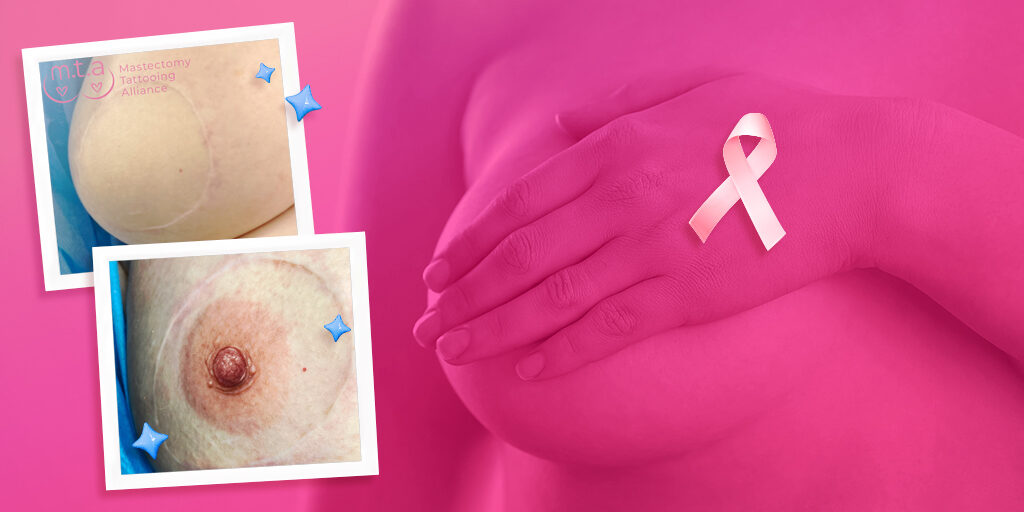What Is Areola Tattooing?
Nipple and areola tattooing is an incredible leap forward in the world of medical tattooing – a specialised skill that takes time and effort to develop but can make a huge difference to peoples’ lives.
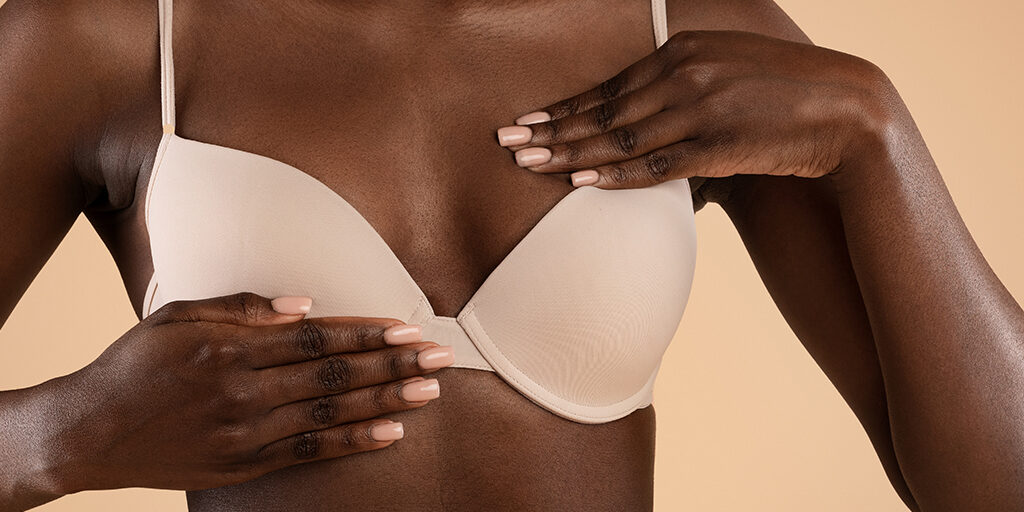
Who Is Areola Tattooing Suitable For?
Most people who have areola tattoos are survivors of breast cancer who have undergone a single or double mastectomy. Those who carry the BRCA1 or BRCA2 gene mutations and undergo preventative mastectomies are also suitable candidates for this treatment. Although a realistic areola can be created on a flat chest, most post-mastectomy clients will have their breasts reconstructed with implants for as natural an appearance as possible, with a 3D hyper-realistic areola finishing off the look perfectly.
There are plenty of other medical and cosmetic reasons for the procedure, however. Clients may have had a breast augmentation or reduction and experienced scarring or a change in their body’s appearance. They may simply have pale, small or uneven areolas which need correcting or darkening, and even inverted and flat nipples can have their appearance improved.
There will also be clients who have undergone gender confirmation surgery, that want to either replace their lost areolas and nipples or to feminise the ones they have, as well as those who have had gynecomastia surgery and need reconstruction.
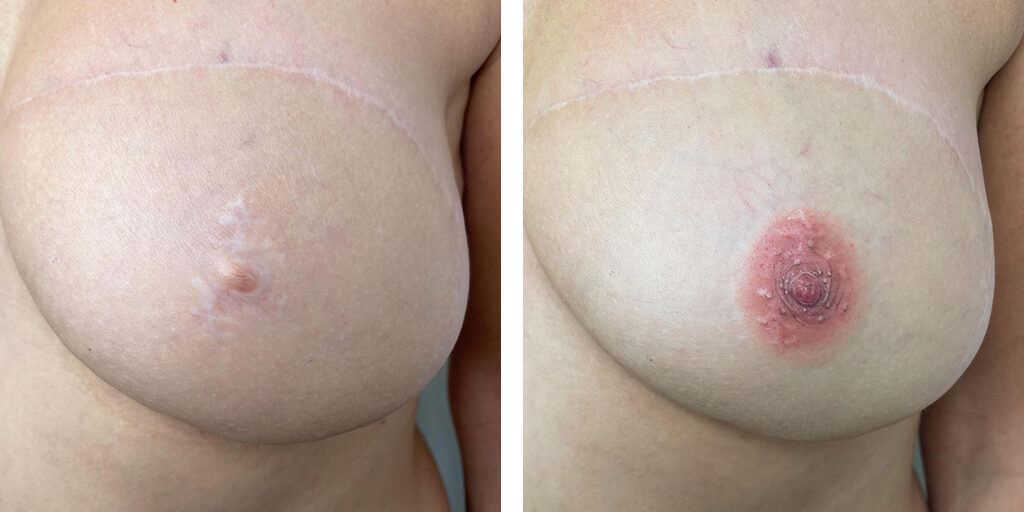
How Does Post-Mastectomy Areola Tattooing Work?
Cancer survivors will usually have their breasts reconstructed through surgery with implants, which means six months to a year of healing is usually needed before medical tattoos can be done, to ensure the treatment is as safe as possible.
Many find areola tattooing a less invasive, cheaper and safer alternative to a full nipple reconstruction, although the artist should be aware of the ways the skin could be affected by scarring, surgery and radiation. It can also be much more realistic than construction, with details like wrinkles, texture and Montgomery glands, especially in cases of unilateral mastectomy where matching the other breast is vital to a natural look.
Depending on the quality of skin and the pain tolerance of the client, this may be done in one session or take a few.
How Is Areola Tattooing Performed?
Areola and nipple tattooing with a permanent makeup artist is not the same as visiting a tattoo parlour for an areola tattoo. In PMU the needles are much finer, and the pigments are created specifically for cosmetic tattoo treatments. Artists who have undertaken areola tattoo training and much better equipped to create delicate, finer details that create the hyper-realistic appearance. They will have also been specially trained in creating 3D areolas on flat skin, as well as the compassion, patience and understanding required for these sensitive treatments.
For clients who have had mastectomies, they may find the procedure virtually painless as they’ve lost a lot of sensation in the area, while others may need a numbing cream – those with implants may feel them vibrating from the PMU machine.
If only one side needs tattooing, your main job usually will be to match as closely as possible to the existing nipple and areola in terms of size, shape, colour and placement. Otherwise, the reconstruction can be based on pre-operation photos, or made entirely to the client’s requirements!
As this is such an emotionally sensitive procedure – particularly for breast cancer survivors and people who have gone through gender confirmation surgery – it’s even more vital than usual that plenty of time is spent on the pre-draw, and that the client is happy with placement.
The next most difficult part is matching pigments to the client’s skin colour. Some artists prefer to use long-lasting pigments that require fewer top-ups – alternatively, clients might appreciate an artist using quicker-fading pigments so that any changes can be done at future top-up sessions.
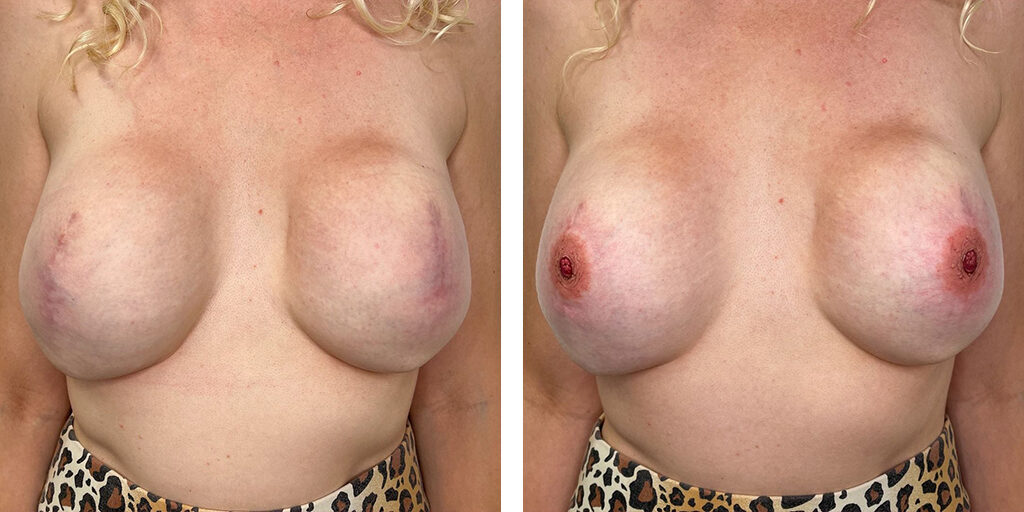
How Is Medical Tattooing Different From Traditional Tattooing?
Medical tattooing – whether it’s scar camouflage, cleft lip restoration or areolas – is performed in a similar way to traditional cosmetic tattooing, with very similar tools. The major difference is the root cause; as medical tattooing is specifically for clients with past or current medical conditions rather than a cosmetic enhancement. The high level of realism needed for medical tattoo requires a degree of skill in detailing, blending and feathering.
As an area of skin that’s often covered, areola tattoos can be prone to fading through abrasion, even more so when working with inorganic pigments. Your client should decide whether they want the more natural appearance of quicker-fading pigments that comes with the need for more frequent future sessions.
What Is The Healing Process For Areola Tattoos?
As with all tattoos, the skin under and around the tattoo is likely to turn red, swell, and may feel tight or itchy – luckily, the usual aftercare for tattoos can be used on the area. Within a few days, the tattoo will begin to scab and flake, which is entirely normal if a little uncomfortable; you should let your client know not to pick at the scabs as they can affect the long-term quality of the tattoo. They can use a tattoo aftercare treatment such as Hustle Butter to soothe the skin and reduce itching.
As their skin recovers from the areola tattooing process, the appearance of the tattoo will change slightly, often softening in colour and losing hard lines. The final effect is visible around a month after the procedure.
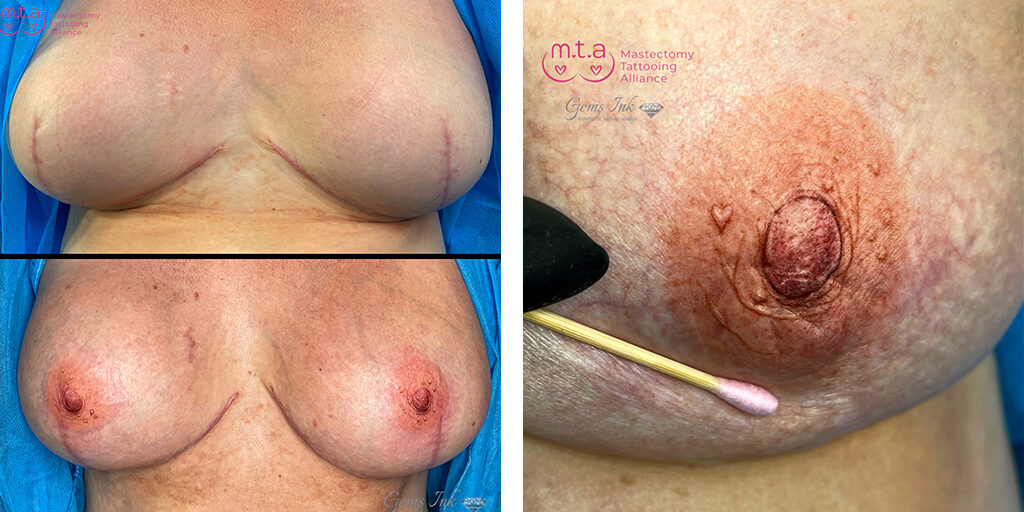
Is There An Alternative To Nipple and Areola Tattooing?
There are several alternatives to tattooing for those it doesn’t appeal to! There is of course the option of nipple reconstruction, but there are also temporary options for those who want the effect of a nipple and areola, such as prostheses and temporary tattoos.
The good news is that areola tattooing can be done at any time, so you may find clients coming for their areola tattoos years after surgery. Thanks to the incredible process made in techniques and tools over the last few years, areola and nipple tattoos are much more realistic than ever before, so even those who’ve had the procedure before will benefit from a re-work or cover up if they are unhappy with previous areola tattoo results.
For those who aren’t interested in the natural look, some artists do incredible pieces of art across the area, many of which use floral elements or patterns to cover scars and create the appearance of curves.
Why Is Areola Tattooing So Important?
For people whose lives have been changed by cancer, scarring or transitioning, this procedure can mark the end of a long and difficult journey. It’s hard to understate the emotional effect of regaining a part of your body but clients usually find that it helps them to restore body confidence. It may even become a symbol of new beginnings in a body that feels theirs again – after years of surgery and treatments they didn’t choose, an areola tattoo can be the first big choice they make after recovery.
This is probably why so many PMUs offer their time and talents in free areola tattoo clinics, or sign up with charities such as the Nipple Innovation Project and the Mastectomy Tattoo Alliance, who raise money and fund realistic 3D areola and nipple tattoos to breast cancer survivors, previvors and other suitable candidates for free.
